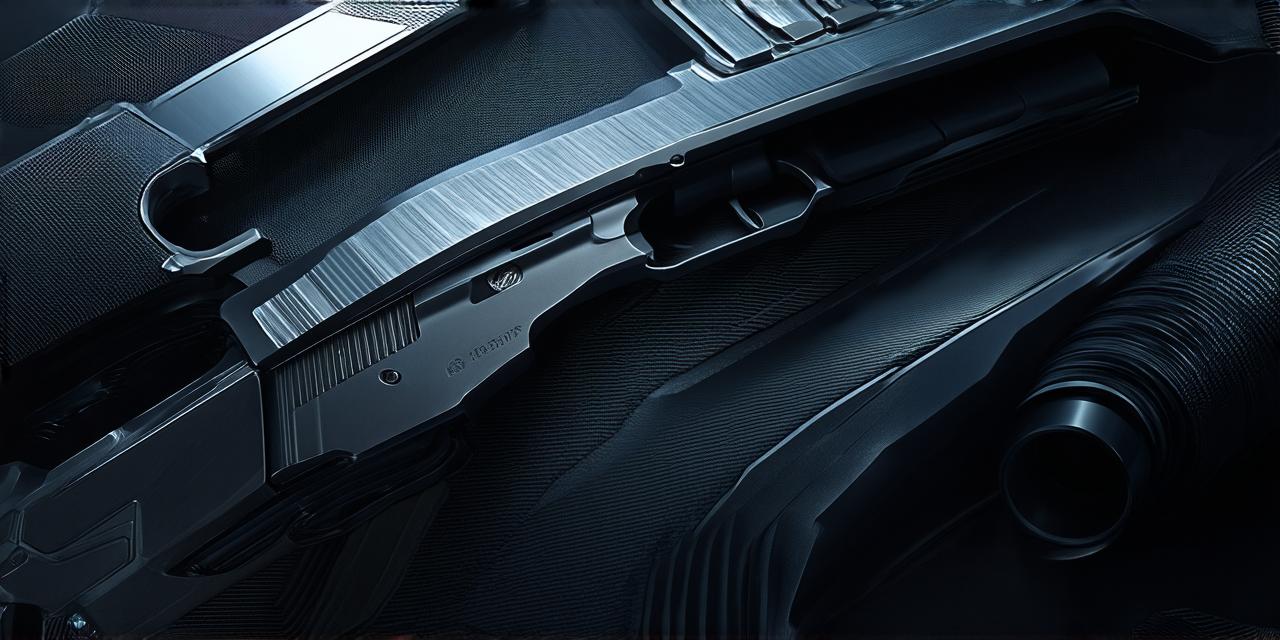As an avid Unity developer, you know that creating a 3D character with realistic movement can greatly enhance the immersion of your game or application.
Introduction: Understanding Movement Scripts in Unity
Before diving into the details of how to create a basic movement script, let’s first understand what a movement script is and why it’s important in Unity.
A movement script is a piece of code that controls how your 3D character moves through the game world. It handles things like walking, running, jumping, and turning, among other movements. Movement scripts are essential because they allow you to give your characters a sense of realism and interactivity in the game world. Without a movement script, your characters would simply float or move unnaturally through the environment.
In Unity, movement scripts are typically created using C, although there are other scripting languages that can also be used. There are several built-in movement components in Unity, such as the Rigidbody and CharacterController, which make it easy to create a basic movement script for your characters.
Step 1: Create a New Scene in Unity
The first step in creating a basic movement script for a 3D character is to create a new scene in Unity. Open Unity and create a new project, then select “Create” > “New Scene”. This will open the Scene window, where you can name your scene and add any necessary assets, such as a 3D model of your character or the environment in which they will move.
Step 2: Add a CharacterController Component to Your Character
Once you have created a new scene and added any necessary assets, you’ll need to add a CharacterController component to your character. To do this, select your character object in the Hierarchy view and go to the “Components” tab in the Inspector window. From there, search for “Character Controller” and drag it onto your character object.
Step 3: Set Up Movement Inputs
Now that you have added a CharacterController component to your character, you’ll need to set up movement inputs. Movement inputs are used to control how your character moves in response to user input, such as keyboard or controller movements.
To set up movement inputs, go to the “Input” tab in the Inspector window and create a new input axis for each movement direction that you want to allow. For example, if you want to allow your character to move forward, backward, left, and right, you would create four input axes: Horizontal, Vertical, Left Horizontal, and Right Horizontal.
Next, assign the appropriate input devices for each input axis. For example, you might use the WASD keys on the keyboard for movement, or use the thumbsticks on a controller to control movement in different directions.
Step 4: Create Movement Animation Clips
In addition to movement inputs, you’ll also need to create animation clips to define how your character moves. Animation clips are essentially sequences of animations that can be played back at specific times to create realistic movements.

To create an animation clip, go to the “Animator” tab in the Inspector window and click on the “Create” button. From there, you can create a new animation clip by defining the keyframes for each movement direction that you want to allow. For example, if you want to create a walking animation, you might define keyframes for the character’s legs moving up and down as they walk.
Once you have created an animation clip, you can drag it onto your character object in the Hierarchy view to apply it to their movements.
